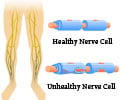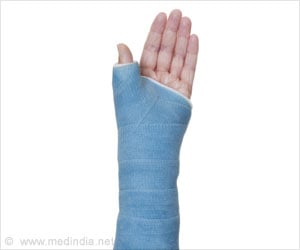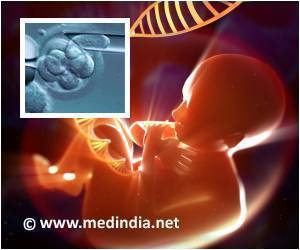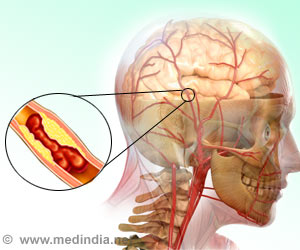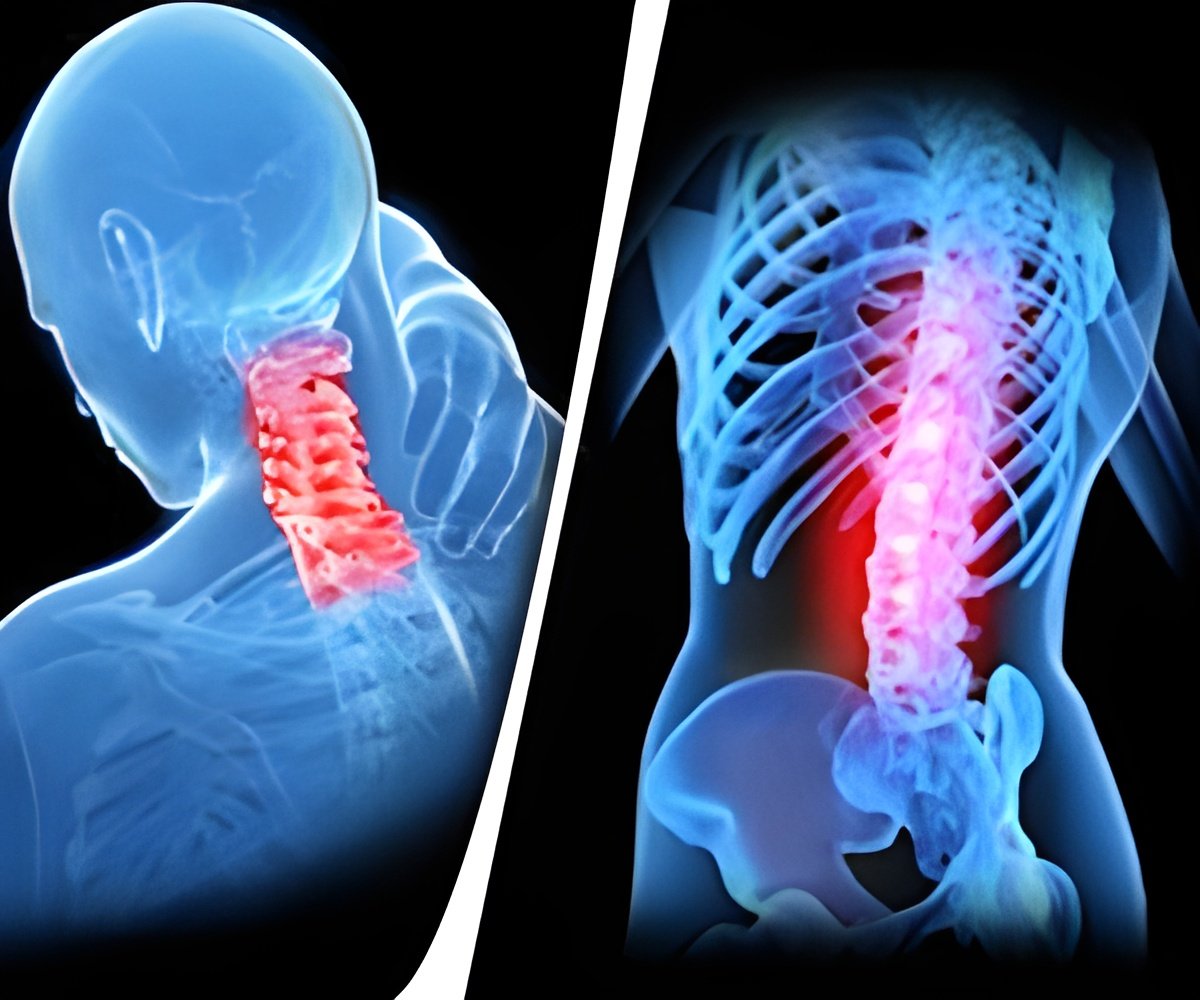
‘Topical application of such PIEZO2 blockers could be beneficial for patients suffering from neuropathic pain.’
Tweet it Now
"These two studies provide validation that targeting PIEZO2 could be beneficial in the clinic," says Patapoutian, professor at Scripps Research and investigator with the Howard Hughes Medical Institute. "We hope that these results will help researchers develop better treatments for managing this common form of pain," says Alexander T. Chesler, PhD, a Stadtman Investigator at the NIH's National Center for Complementary and Integrative Health (NCCIH) and study author of the study in humans.
For both studies, the researchers induced allodynia using various methods including application of capsaicin, the irritating molecule active in chili peppers, to areas of the skin. Capsaicin is known to sensitize neurons, causing inflammation similar to a sunburn.
Swetha Murthy, PhD, first author of the Scripps Research study, looked at how mice reacted to gentle touch after they were exposed to capsaicin. While normal mice experienced allodynia, the mice with PIEZO2 "knocked out" did not react. The same held true when Chesler tested humans with mutations that inactivated their PIEZO2.
"It was very gratifying to see this in both studies," says Murthy. "It usually takes years to confirm if results observed in mice hold true in humans, so I think it was mutually exciting for both groups."
Advertisement
Source-Eurekalert


